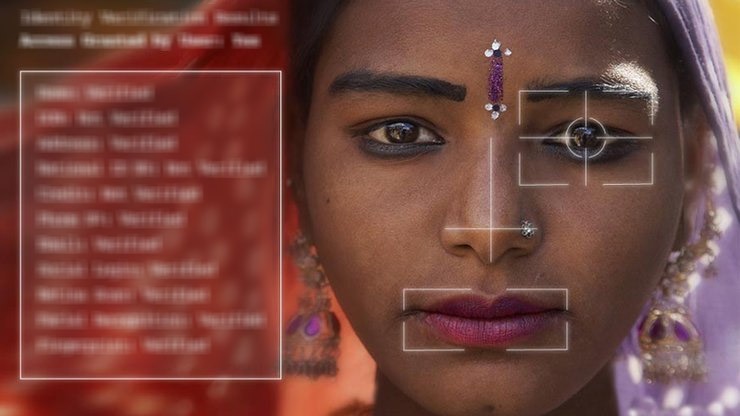DigiFace Retail – The Imminent Era Of Face Recognition Technology In Indian Supermarkets
In 2023, the Indian retail scene embraced a wave of exciting possibilities with the help of AI technologies, setting the stage for significant growth.
Despite facing numerous disruptions in recent years, the retail industry in India has been quick to adapt, continually integrating the advantages brought by each technological breakthrough.
Looking ahead to 2024, the sector is actively enhancing its technological capabilities to better meet the changing preferences of a diverse consumer base.
it’s expected that the Indian retail industry will increasingly embrace several emerging technologies. These innovations aim to simplify and enhance the shopping experience for customers. Let’s take a closer look at some of the technologies that are likely to gain more popularity in the coming year.
1. Smart Shopping Experiences: Face Recognition Technology in Retail
Imagine walking into a store where technology helps you find exactly what you need. Smart shopping experiences, powered by advancements like augmented reality, are set to become more prevalent.
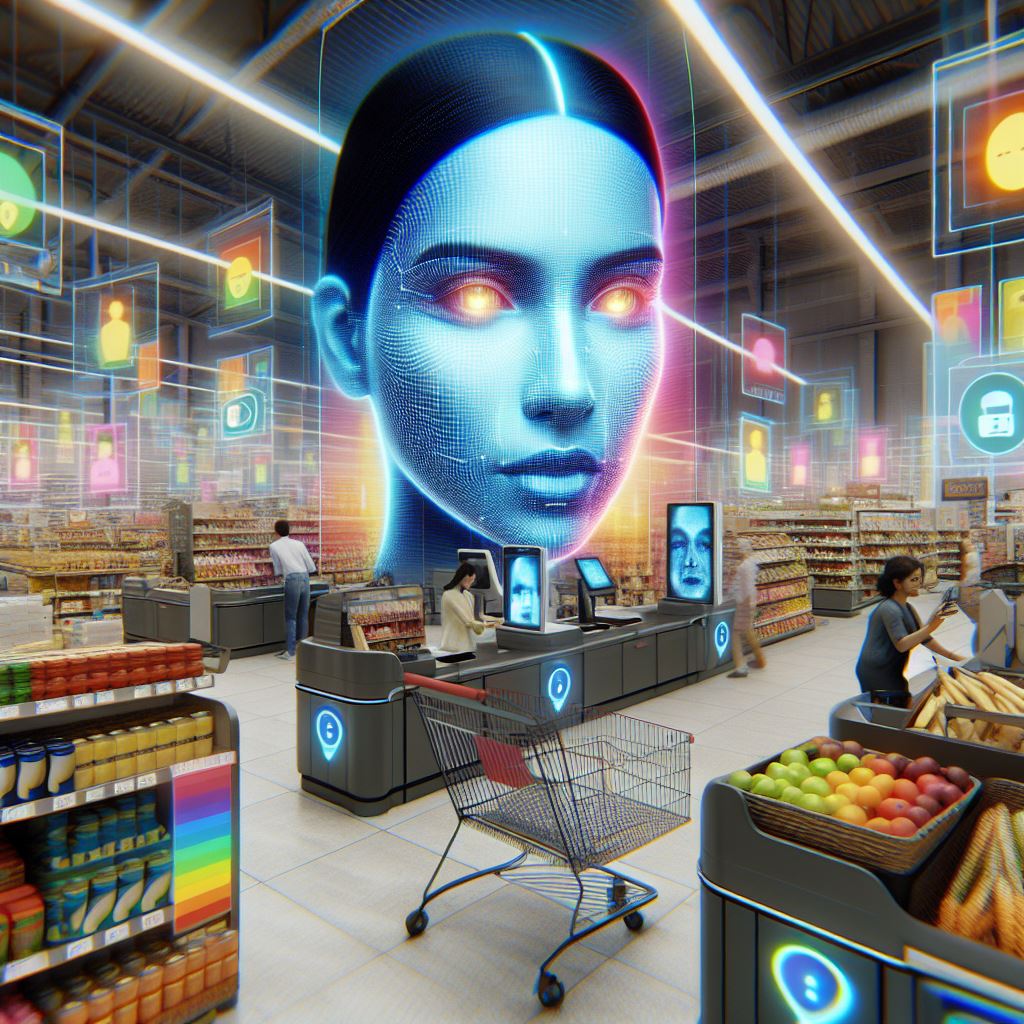
This means interactive displays and virtual try-ons could become a common sight, making your shopping trips more engaging and efficient.
As we step into 2024, these technological advancements are poised to reshape the way we shop, making it more personalized, efficient, and enjoyable for consumers across India.
In the dynamic landscape of technological innovation, India’s supermarkets are on the brink of a transformative revolution that will reshape the very essence of our shopping experiences.
The imminent integration of face recognition technology promises to turn every glance into a seamless transaction, transcending traditional boundaries and unlocking a world of groceries with just a smile.

Imagine strolling through the aisles of your favorite supermarket, your hands-free from the constraints of shopping baskets and wallets. In this not-so-distant future, your face becomes the key to a world where convenience and efficiency converge to redefine the way we shop.
Face recognition technology, once confined to security applications, is now poised to revolutionize the retail sector, offering a glimpse into the future of frictionless transactions.
At the heart of this retail revolution is the idea that your face becomes a unique identifier, eliminating the need for physical payment methods or loyalty cards.
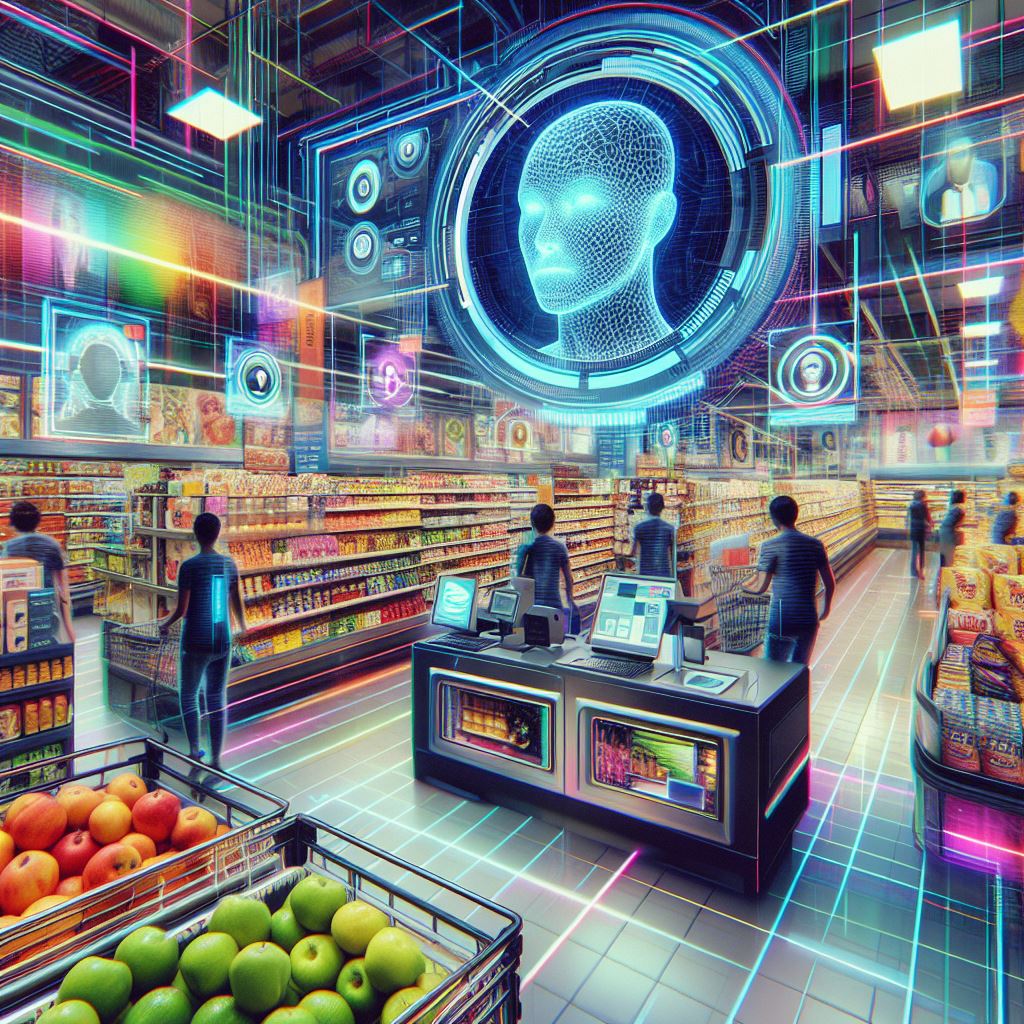
As you enter the supermarket, cameras discreetly positioned throughout the store capture your facial features, mapping a digital signature unique to you. This data is securely stored, ensuring privacy and compliance with data protection regulations.
The magic unfolds at the checkout counter, where traditional queues and cash registers become relics of the past.
With a simple glance at the camera, your purchases are instantly tallied, and the transaction is seamlessly deducted from your linked payment method.
No more fumbling for cash or cards, no more waiting in line – just a swift and effortless shopping experience.
But the benefits extend far beyond the convenience of a cashless checkout. Face recognition technology opens the door to personalized shopping experiences that cater to individual preferences and habits.
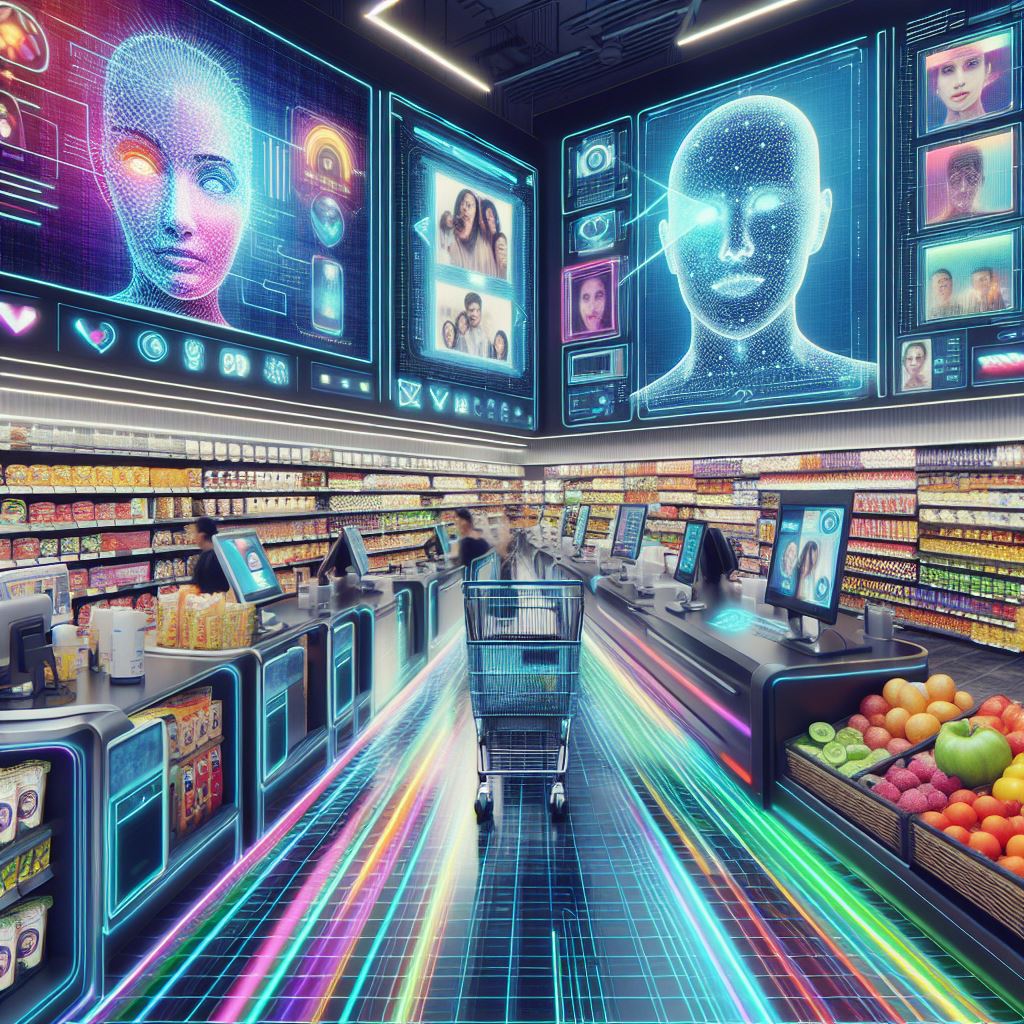
Imagine receiving personalized recommendations as you walk through the aisles, based on your past purchases and browsing history. Special discounts and promotions tailored to your preferences appear on digital displays, creating a shopping journey that feels curated just for you.
This technological leap also addresses concerns related to theft and fraud. With the ability to track individual movements within the store, supermarkets can enhance security measures and minimize the risk of unauthorized activities.
This not only protects retailers but also fosters a safer and more secure environment for shoppers.
While the prospect of a face-driven shopping experience raises inevitable questions about privacy and data security, proponents argue that stringent measures will be put in place to safeguard customer information.
Clear guidelines and regulations will be established to ensure responsible usage and prevent any misuse of facial recognition data.
As Indian supermarkets will gear up to embrace this cutting-edge technology in the near future, it is crucial to strike a balance between innovation and ethical considerations.
The integration of face recognition technology in retail holds the potential to redefine convenience, personalization, and security.
As we stand on the cusp of this retail revolution, the vision of a world where your face is the key to unlocking a seamless shopping experience is not only imminent but also undeniably exciting.
Get ready to say goodbye to the checkout queue and embrace the future of shopping, where a simple glance is all it takes to open the doors to a world of groceries.
2. Contactless Payments:
The days of fumbling for cash or cards may soon be behind us. Contactless payment methods, such as mobile wallets and RFID technology, are on the rise.
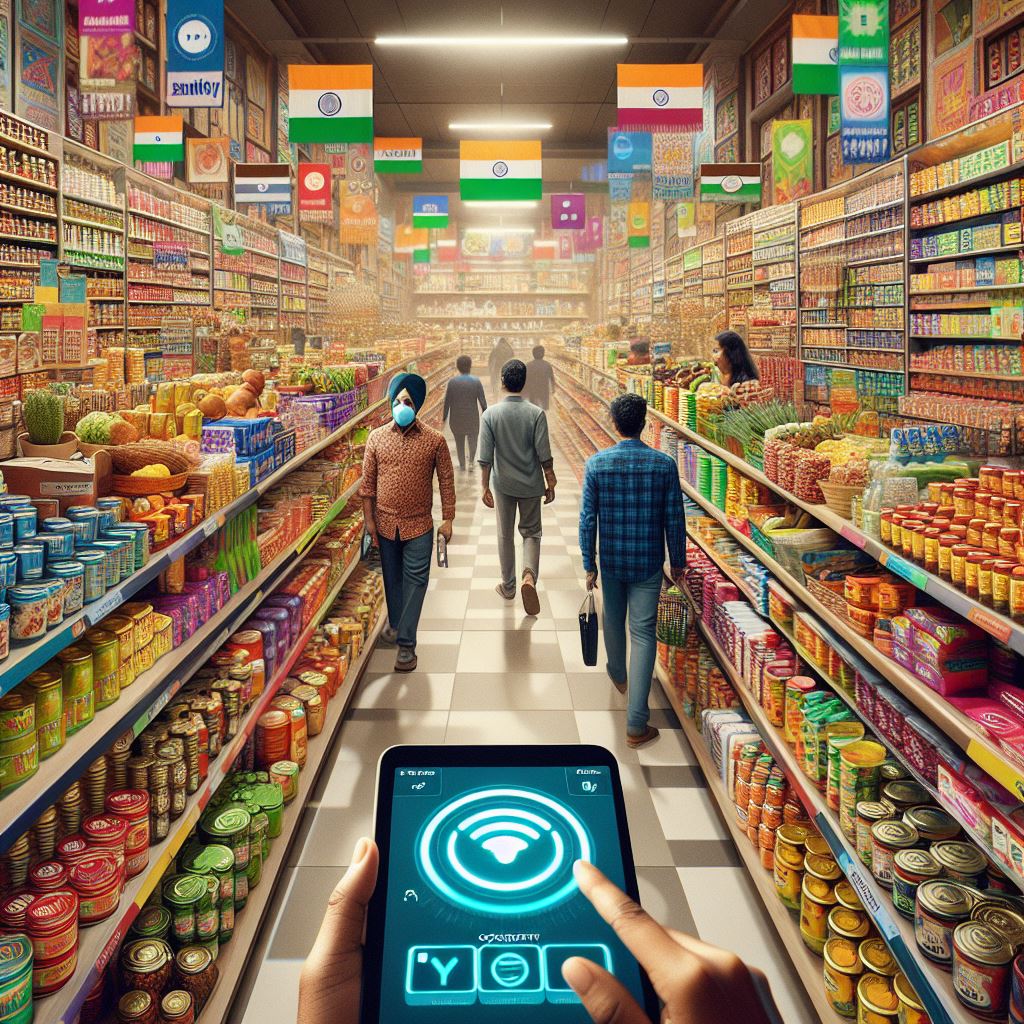
These not only offer convenience but also align with the increasing emphasis on hygiene and safety, a trend that gained momentum in recent times.
3. Personalized Recommendations:
Have you ever received product recommendations tailored just for you? This trend is likely to grow as retailers leverage artificial intelligence to understand your preferences and suggest items, you’re more likely to love.
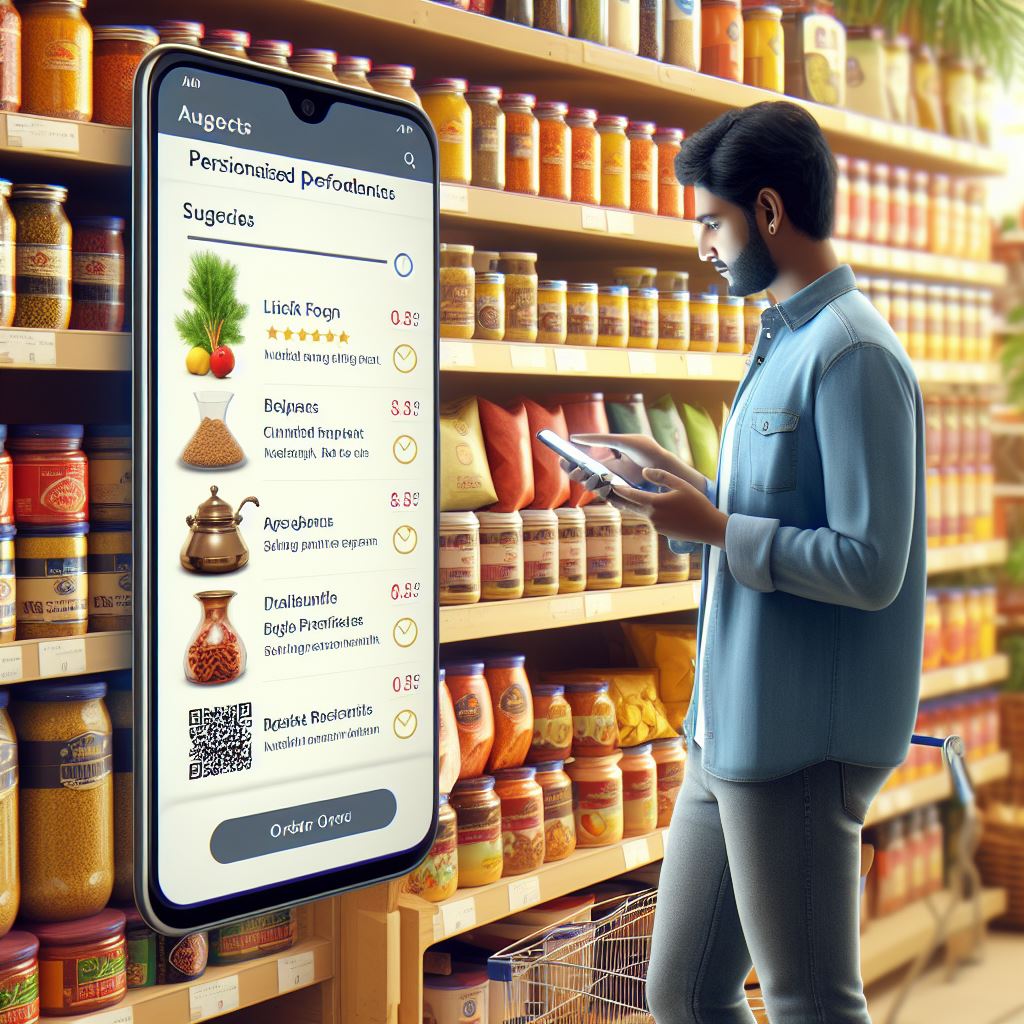
Expect to see more personalized online shopping experiences in 2024.
4. Supply Chain Optimization:
Behind the scenes, technology is transforming how goods reach the shelves. The retail industry is investing in technologies like blockchain and the Internet of Things (IoT) to streamline supply chains, ensuring products get to store efficiently and with greater transparency.
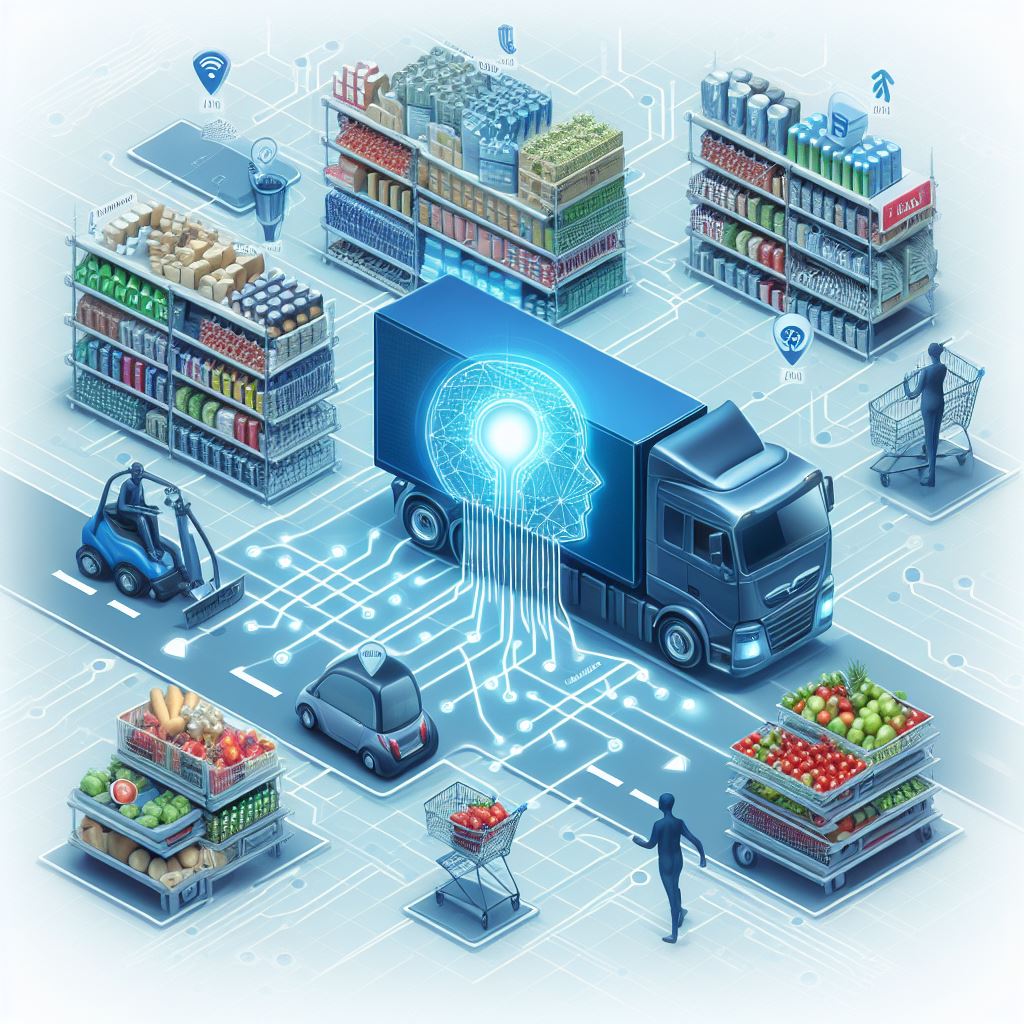
5. Online-Offline Integration:
The boundary between online and offline shopping is blurring. Retailers are increasingly integrating their physical stores with online platforms, offering customers a seamless experience.
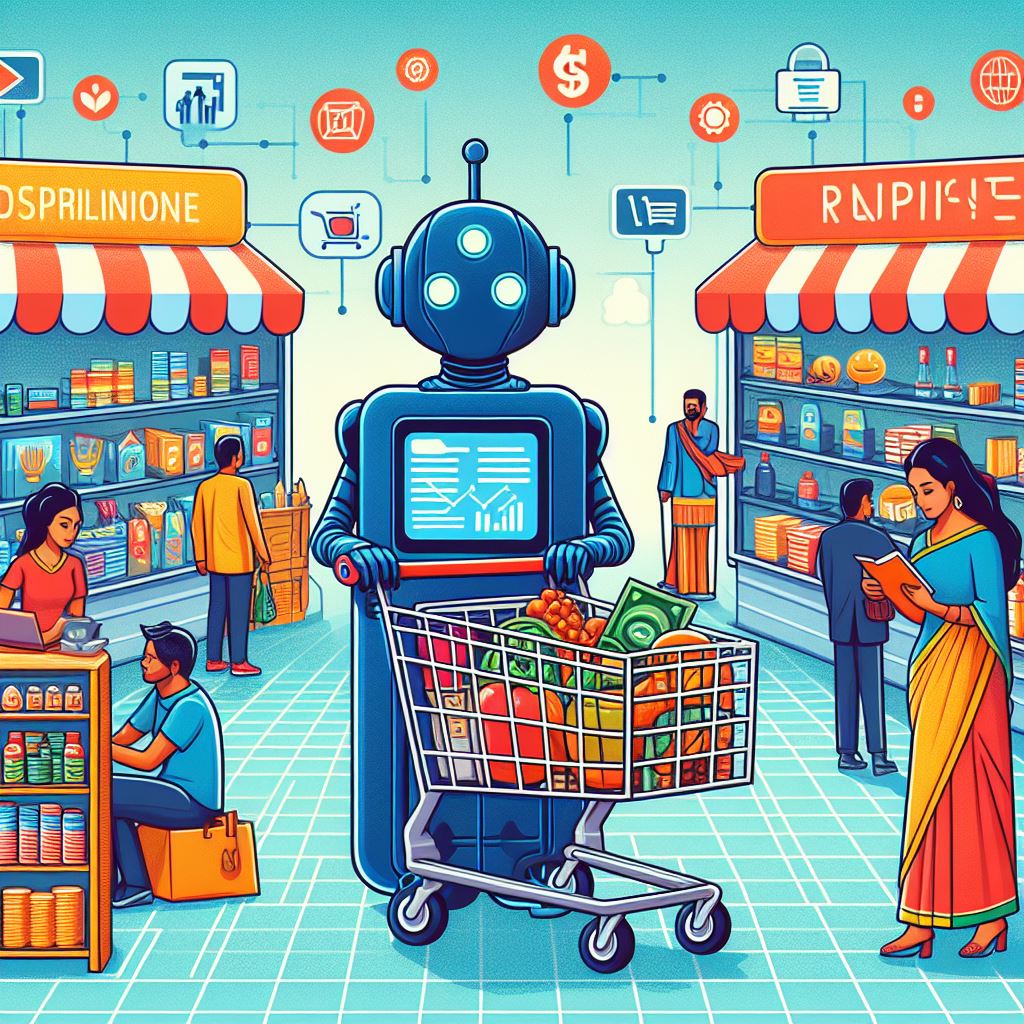
This might mean being able to check online inventory in-store or vice versa, creating a more unified shopping journey.







